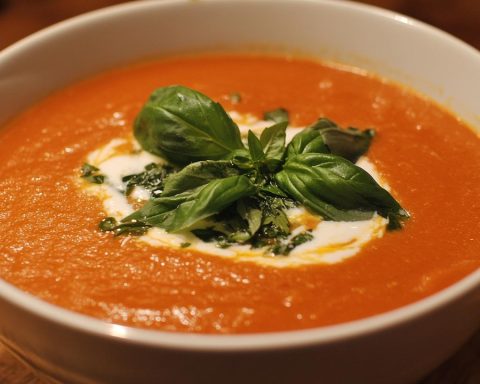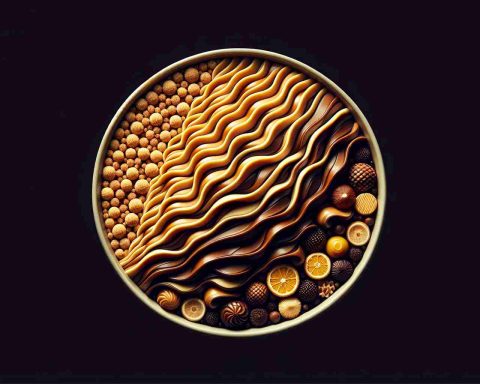Traditional Korean Kimchi: A Spicy Fermented Cabbage Masterpiece
Description
Discover the intricate blend of flavors and the historical depth embedded in Traditional Korean Kimchi. This classic Korean side dish not only offers a bold and tangy flavor but also packs a punch with its health benefits, thanks to the fermentation process. Made primarily from napa cabbage and Korean radishes, kimchi is seasoned with a variety of spices and aromatics, resulting in a versatile dish that can accompany almost any meal. Dive into this recipe to enrich your dining experiences with a touch of Korea’s culinary heritage.
Ingredients:
Vegetables:
– 1 large napa cabbage
– 1 Korean radish
Salt:
– 1/2 cup sea salt (for salting cabbage)
– 2-3 cups water (for rinsing)
Kimchi Paste:
– 1 cup Korean coarse red pepper flakes (gochugaru)
– 1/4 cup fish sauce
– 1/4 cup salted shrimp (saeujeot), finely chopped
– 1 tablespoon sugar
– 1 tablespoon grated ginger
– 5-6 cloves garlic, minced
– 4-5 green onions, chopped
– 1 small onion, pureed
– 1/2 small apple, pureed
– 1/2 pear, pureed
Instructions:
1. Prepare the Cabbage:
– Cut the napa cabbage lengthwise into quarters and then cut out the core. Chop the quarters into square pieces.
– Dissolve 1/2 cup of sea salt in a large bowl of water and submerge the cabbage pieces. Leave to soak for about 1-2 hours, tossing the cabbage every 30 minutes to ensure even absorption.
2. Rinse and Drain:
– After soaking, rinse the cabbage under cold water several times to remove the excess salt. Drain well and set aside.
3. Prepare the Kimchi Paste:
– In a large mixing bowl, combine the gochugaru, fish sauce, salted shrimp, sugar, grated ginger, minced garlic, chopped green onions, and the purees of onion, apple, and pear. Mix well to form a thick paste.
4. Combine:
– Add the drained cabbage and radish to the bowl of kimchi paste. Wearing disposable gloves, thoroughly mix everything together until all the vegetables are evenly coated with the paste.
5. Pack and Ferment:
– Pack the kimchi mixture tightly into a clean, airtight container or mason jar, pressing down to remove any air bubbles. Leave some space at the top as the kimchi will expand during fermentation.
– Seal the container and let it sit at room temperature out of direct sunlight for 1-2 days. Then, transfer to the refrigerator to slow down the fermentation process. The kimchi will develop deeper flavors over time and can be kept for several weeks to months.
Enjoy this traditional Korean Kimchi with rice, soup, or your favorite Korean dishes. It’s a culinary journey that excites your taste buds and connects you to Korean culture.








